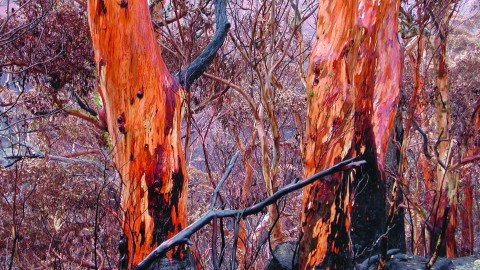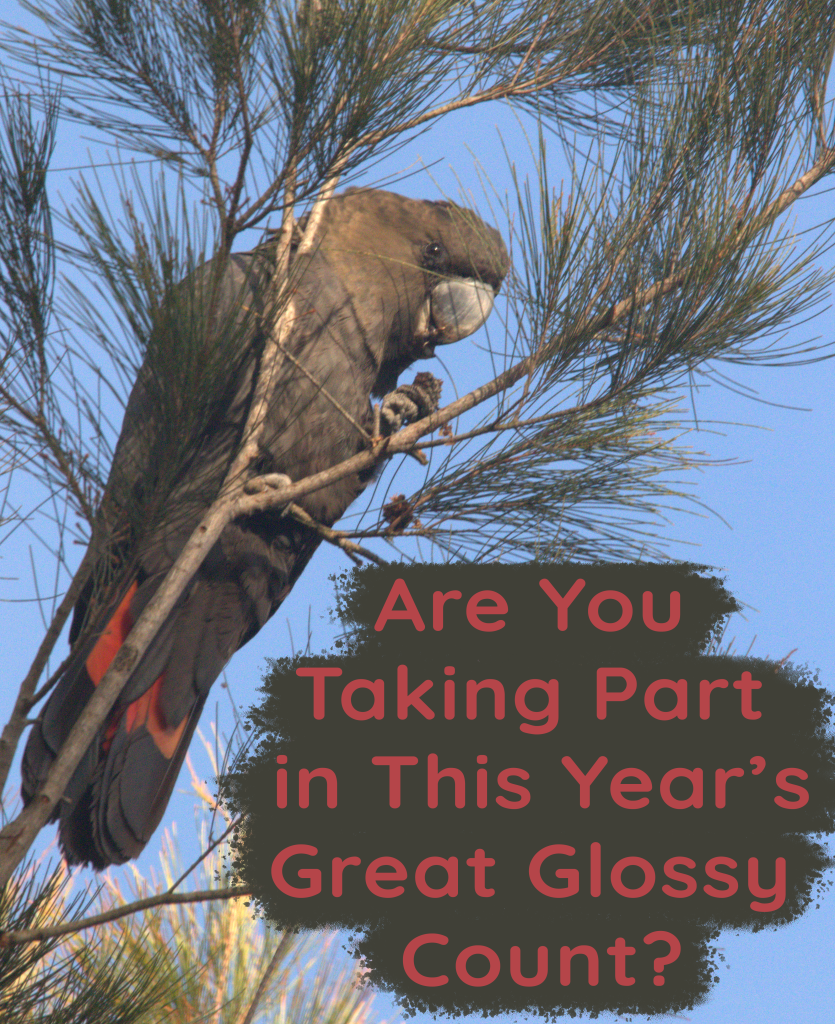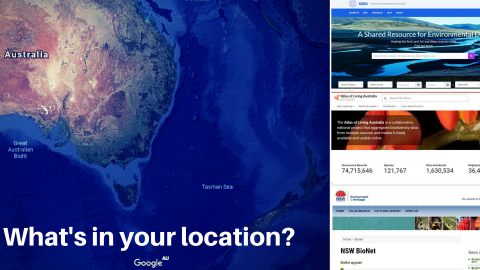The NSW Rural Fire Service is currently rolling out a new planning process for managing bush fire risk in NSW, with Bush Fire Management Committees using the new process to update their 5-year Bush Fire Risk Management Plans (BFRMPs).
Bush Fire Management Committees are made up of land management agencies and other stakeholders within a local area (which often cover similar geographies to a group of local government areas). Committee members can include representatives from agencies and groups such as the Nature Conservation Council of NSW, NSW Rural Fire Service, NSW National Parks and Wildlife Service, NSW Fire and Rescue, Local Councils, Australian Defence Force, Forestry Corporation of NSW, Water NSW, AusGrid, Transport NSW, NSW Farmers, Local Aboriginal Land Councils and many others.
Representatives from each of the agencies on a committee come together to plan hazard reduction activities such as hazard reduction burns, manual fuel reduction, targeted grazing, fire trail works and community education activities, aimed at reducing the risk of fire to life, property and the environment.
Every five years, each Bush Fire Management Committee must prepare a Bush Fire Risk Management Plan (BFRMP) for their local area, to identify community assets at risk from bushfire and to allocate targeted actions to reduce that risk. Assets can include built structures and economic assets as well as environmental and cultural assets.
See a list of current BFRMP plans here: https://www.rfs.nsw.gov.au/plan-and-prepare/know-your-risk/bush-fire-risk-management-plans
Prior to the current design of BFRMPs, the bushfire risk for all assets was assessed primarily by the representatives on a BFMC. However, the PHOENIX Rapidfire computer-based modelling system designed by the University of Melbourne’s FLARE Wildlife Research unit, has now been employed to help predict the risk and extent to which different categories of assets will be impacted by future fires. This Next Generation Bush Fire Risk Management Planning tool enables specific areas within a BFMC area to be identified that will require particular focus on mitigation efforts and then provides data to help identify effective measures to reduce the bushfire risk to that area and the assets within it. The PHOENIX Rapidfire fire simulation predicts potential movement of fire across mapped landscapes under different weather and fire suppression scenarios, with repeated simulations providing more informed results.
Learn more about PHOENIX Rapidfire here: https://www.flarewildfire.com/software/phoenix-rapidfire/
While BFMC committees utilise this predictive system as a major component of the planning process, there is also an opportunity for community members to have their say about the new Next Generation Bush Fire Risk Management Plan that is relevant to their area. Find out where each plan is up to in the planning process and contribute to your local plan here: https://www.rfs.nsw.gov.au/plan-and-prepare/managing-bush-fire-risk/bush-fire-management-committees








